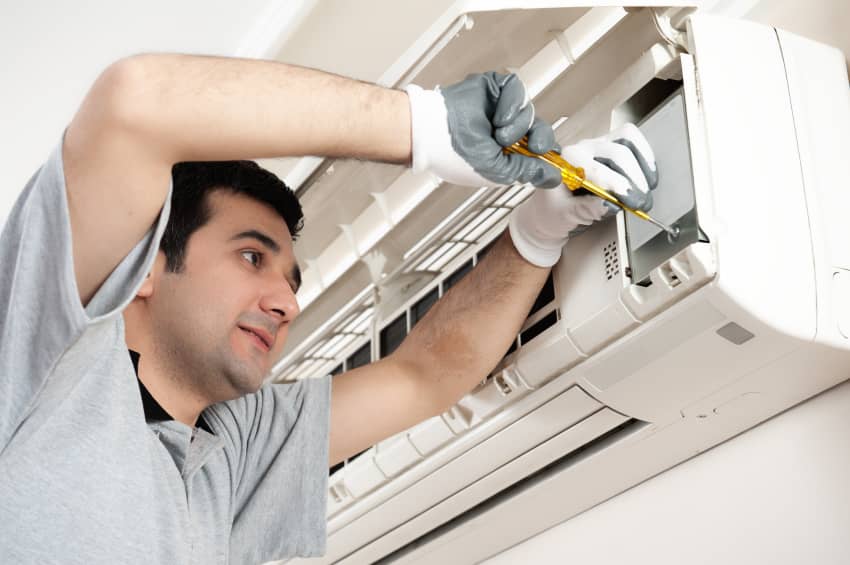Have you ever wished that your home’s heating and cooling system could be more efficient and effective? Smart home integration is an exciting technology that can help with just that. Smart home integration enables your HVAC system to connect with various other devices in your home, allowing you to automate processes and save energy. Let’s take a closer look at how smart home integration works, its advantages, and why it’s worth considering for your HVAC system. As per Fixd appliance and HVAC repair in Texas, a home repair and installation service company, “From summer heat waves to winter cold snaps, ensuring that your system is in tip-top shape is vital to keeping your home safe and comfortable”. You need an expert to install and pair your smart home properly, and Fixd can help you!
How Smart Home Integration Works
Smart home integration connects your HVAC systems with other smart devices in your home, such as lights, security systems, thermostats, and more. This allows the different systems to ‘talk’ to each other to work together and automate processes for a more efficient experience. For example, when you leave the house, the lights could turn off automatically while the thermostat turns up slightly to conserve energy.
Advantages of Smart Home Integration
One of the most significant advantages of integrating your HVAC system into a smart home network is accessibility – you can have complete control over your home’s climate from anywhere in the world via an app on your phone or laptop. In addition to convenience, this also helps you maintain greater efficiency – if you’re not at home and realize you forgot to turn down the heat or AC before leaving, all it takes is a few taps on your phone screen!
Furthermore, integrating multiple smart devices into one network can help you save money on energy bills by ensuring that all devices are running efficiently. For example, through automated scheduling or voice commands, lights will only be turned on when needed and not left running needlessly throughout the day. Additionally, by connecting motion sensors with air conditioning units or heating systems in certain rooms of the house, like living rooms or bedrooms, these rooms will only be heated or cooled when someone is actually present in them – again saving energy costs.
HVAC and Smart Home?
The smart home revolution is changing the way we think about HVAC systems. Connecting your HVAC to other smart devices in your home allows you to control your energy usage and improve efficiency. With features like automatic scheduling and voice commands, you can manage your climate from anywhere in the world with just a few taps on your smartphone or laptop. And thanks to automated controls, lights will only be turned on when needed, saving you money on your energy bills over time.
Whether you’re looking to improve your home’s energy efficiency or simply want to take greater control over your climate, smart home integration is an exciting technology that can help. From automatic scheduling to voice commands and automated controls, there are many advantages to connecting your HVAC system with other smart devices in your home.
Here Are Some Benefits You Can Expect from Your HVAC Smart System
Smart Thermostat Technology
One of the most common uses for smart home integration is controlling thermostats. Smart thermostats can connect to your smartphone, allowing you to adjust the temperature in your house without ever having to get up off the couch. This makes it easy to keep your home at an optimal temperature while saving energy and money on your utility bills. Smart thermostats also have special features like learning algorithms that can detect when people are away from home and adjust temperatures accordingly, saving even more energy and money in the long run.
Remote Monitoring and Control
Smart home integration also allows you to monitor and control HVAC systems remotely. You can check on the status of your system anytime, anywhere, allowing you to spot any issues or problems before they become significant problems. With remote monitoring, you can also turn lights on/off or adjust temperatures from anywhere, giving you total control over your HVAC system. And if something does go wrong with your system, most modern HVAC companies now offer 24-hour emergency services so that even if it’s late at night, they’ll be able to get someone out as soon as possible to diagnose and fix any issues you may have with your system. You can also schedule for an appointment with Aloha Air Conditioning and Heating Services and they will be available when you need them.
Improved Efficiency
Finally, integrating smart home technology into your HVAC system can help improve its overall efficiency by reducing energy costs and prolonging its lifespan by helping prevent any potential problems before they occur. Smart thermostats allow you to set a precise temperature for each room in your house which can help reduce energy costs by ensuring each room is only being heated or cooled as much as necessary.
This also helps reduce wear and tear on your system since it isn’t constantly running at full capacity all day long. Additionally, regular maintenance checks are essential for keeping an eye out for potential problems so that they can be fixed before they become major issues. A remote monitoring system ensures that any potential problems will be spotted immediately instead of going unnoticed until it’s too late.


